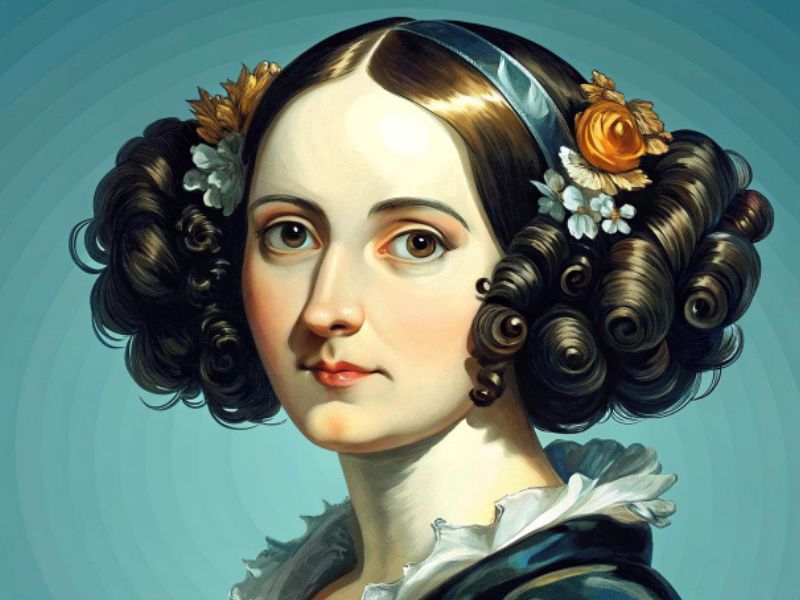Introduction
It is easy to think that technology (and computing) was created by the current crop of large social media firms but actually computing was created by a series of individuals or pioneers.
Ada Lovelance was one of these important pioneers.
Early Life
Ada Lovelace was born Augusta Ada King, Countess of Lovelace on 10th December 1815 in London England and sadly died on 27th November 1852 also in London
Ada Lovelace was the daughter of the famous poet Lord Byron and Anne Isabella Milbanke. Her parents separated shortly after her birth, and Ada never had a relationship with her father. Her mother, a mathematician herself, insisted on a rigorous education in science and mathematics to counteract what she saw as Lord Byron’s “dangerous poetic tendencies.”
Ada’s intellectual curiosity and talent for mathematics became evident at a young age. She was mentored by prominent scientists and mathematicians of her time, including Mary Somerville, who introduced her to Charles Babbage, the inventor of the “Analytical Engine.”
Collaboration with Charles Babbage
Ada met Charles Babbage in 1833 and was captivated by his designs for the Analytical Engine, a mechanical general-purpose computer. Babbage recognized her brilliance and referred to her as “The Enchantress of Numbers.”
In 1843, Ada translated an article written by the Italian mathematician Luigi Federico Menabrea about the Analytical Engine. She supplemented the translation with extensive notes of her own, which were three times longer than the original article. These notes included what is now recognized as the first algorithm designed to be executed by a machine, making Ada the world’s first computer programmer.
Contributions and Vision
Ada’s notes went beyond technical details. She envisioned the potential for computers to go beyond mere number crunching to process a wide range of information, such as text, music, and images. This was a revolutionary insight, as it predicted modern computing’s scope.
Personal Life
Ada married William King in 1835, who later became the Earl of Lovelace, giving her the title Countess of Lovelace. They had three children. Despite her intellectual pursuits, Ada faced numerous health challenges and died of uterine cancer at the age of 36.
Legacy
Ada Lovelace’s work was largely forgotten for nearly a century, but her contributions were rediscovered in the mid-20th century as the field of computer science emerged. Today, she is celebrated as a pioneer in computing, and her legacy is honoured through initiatives like Ada Lovelace Day, which promotes women in science, technology, engineering, and mathematics (STEM).
Her groundbreaking insights continue to inspire the tech world, solidifying her role as a visionary far ahead of her time.


Recent Comments